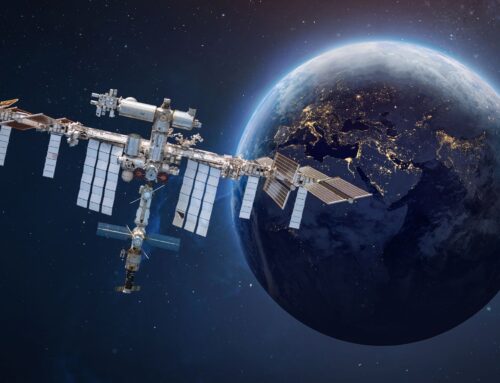Internet access has long been a concept defined by certain haves and have-nots. From the early days of expensive, rudimentary USENET to the quality distinction between high-speed and dial-up access, the gateway into the digital sector has always represented some degree of monetary hierarchy. Today, this framework endures amidst the rise of 5G and fiber-optic communication, which have simultaneously pushed the boundaries of internet performance while siloing access to the greatest extent of that power.
Yet, for much of the developing world, merely accessing the web at all has remained an intangible luxury. In 2021, Forbes reported that nearly 3 billion people – a third of Earth’s population – had never once experienced the internet, a jarring statistic for a modern world where digital outlets are seemingly inescapable.
Starlink, an ambitious satellite internet service created in 2020 by SpaceX, aims to rectify this issue by expanding high-speed, low-latency internet to “almost anywhere on Earth.” Additionally, these services boast a format free of long-term contracts, which reinforce access by keeping payment and related terms malleable. The company initially focused on broadening digital access to rural and remote communities within the United States and Canada, and now it is turning its sights abroad.
The implications for this service are vast and almost unfathomable – namely, the introduction of internet capabilities in locations lacking traditional infrastructure (remote villages, mountainous communities, etc.). These areas, once a collective mass of uncharted digital water, can now join a mosaic that, since its inception, has left them behind. While Starlink’s baseline pricing remains a potential challenge for some locations, the technology’s mostly free-forming usability is an unprecedented step forward. Starlink must diligently focus on such inherent – and potentially emergent – accessibility barriers as it establishes a presence overseas. As Starlink use becomes a new norm for the developing world, the service would ideally evolve to become even more accessible on a nuanced level.
What’s more, Starlink’s impact could create a positive ripple effect for developing states, compelling those governments to invest in reinforcing infrastructure, incentivize this process for investors, and ultimately augment newfound digital access. These processes will remain critical in maintaining growth and further establishing a reliable, efficient connection with the rest of the world, as noted by Fortune:
“The sheer number and speed of Starlink’s satellites means they can gather a lot of data quickly and offer frequent updates. Starlink’s arrival … is a great opportunity for [developing countries’] scientists, governments, and industries to collaborate.”
For now, Starlink is already bolstering shared knowledge, balanced data access, and societal empowerment – all of which stand to bridge crucial cultural gaps and reflect a global commitment to digital equity.






